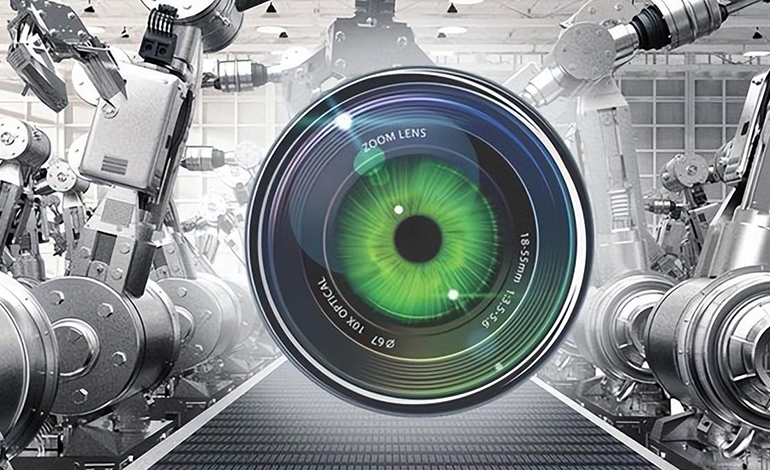
Future development direction of machine vision
Machine vision is the process of capturing the measured object and using the computer to analyze, understand and interpret the obtained image information to obtain the required information.
Machine vision system is composed of light source, camera, optical lens, image acquisition card, image processing software and so on. It is an important branch of artificial intelligence, compared with human vision, has the advantages of speed and accuracy, so it is widely used in the industrial field.
With the rapid development of artificial intelligence technologies and algorithms, machine vision technology will continue to play an important role in driving the digital transformation of manufacturing.
The "Maida immediately teacher-free intelligent welding system" independently developed by Dolfen Intelligent can be adapted to a variety of teaching devices and robot systems. Combining 3D visual image algorithm, autonomous obstacle avoidance algorithm and welding process design, it provides autonomous planning function based on image recognition and feature analysis, which can solve the problem that traditional robot welding cannot meet the welding requirements of steel structure workpiece with multiple types of welding parts or joints.
With the continuous deepening of the application of machine vision technology in the field of intelligent manufacturing, the future machine vision technology will show the following trends:
1. Integration of artificial intelligence and machine vision
Ai and machine vision are two different technologies, but they have the same application areas in solving real problems, so they can complement each other. In recent years, artificial intelligence technology and algorithms have made great progress, and machine vision technology is also improving. The integration of artificial intelligence and machine vision provides more solutions for machine vision, which will promote the development of machine vision systems in the direction of more intelligent, more flexible, more stable and more reliable. In the long run, with the rapid development of artificial intelligence technology and algorithms, machine vision will continue to promote the process of industrial intelligence.
2. edge computing will become an important computing model
The combination of machine vision and cloud computing can realize the localization of data processing and storage, making edge computing a new important computing model. In intelligent manufacturing, edge computing is mainly used to realize edge data analysis and processing, so as to solve the delay and security problems that may exist in traditional centralized cloud computing when data processing. Compared to cloud computing, edge computing has greater flexibility and lower latency. In intelligent manufacturing, edge computing can work in tandem with cloud computing to achieve remote real-time control and monitoring by deploying machine vision systems close to the site or user, thereby reducing data transmission distances and improving data processing speed.
3. multi-functional integration
With the rapid development of machine vision technology, the application scenarios of machine vision system will be more and more. In order to better meet user needs, machine vision systems will be integrated with other devices, sensors, robots, etc., to achieve more application scenarios. For example, through the measurement and control of the size, color, shape and other parameters of the target object, high-precision positioning and detection of the target object can be achieved, and work efficiency and product quality can be improved.
4. intelligent upgrade
With the deepening of the process of industrial intelligence, machine vision technology will achieve intelligent upgrading, and the machine vision system will evolve from a single function of detection and measurement to an intelligent vision system. By collecting various types of image data, establishing image database, combined with different algorithms and software, the target can be identified, measured and classified, and the defects can be located and identified. In addition, the machine vision system can also be integrated with other industrial equipment or systems to achieve real-time monitoring and data acquisition of industrial equipment or systems. These will greatly improve the application effect of machine vision in the industrial field.
5. Integration of industrial robots and machine vision
The development of machine vision technology has also promoted the development of industrial robot technology, and the two promote each other. In traditional manufacturing enterprises, due to personnel costs and enterprise production efficiency, workshop workers can only operate a small number of machines and equipment, which requires industrial robots to replace manual completion of repetitive work. However, as the production environment becomes more complex and the need for personalization increases, this demand is increasing. Industrial robot is a mechanical and electrical integration product integrating computer technology, automation control technology, sensing technology and artificial intelligence and other multidisciplinary technologies. It has the characteristics of programmability, autonomy and strong autonomy. Therefore, the combination of industrial robots and machine vision can greatly improve production efficiency and product quality, and promote enterprises to improve economic efficiency.